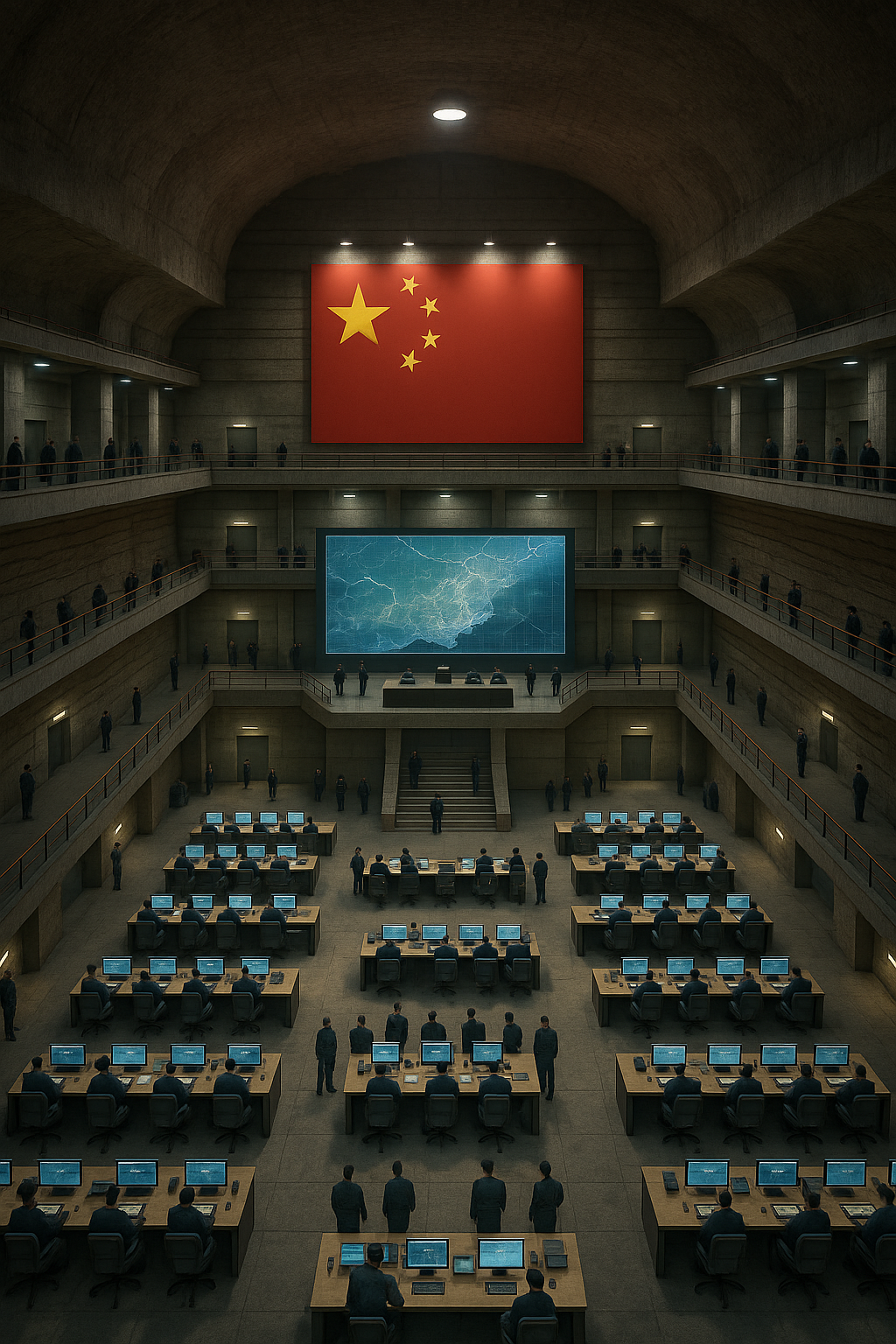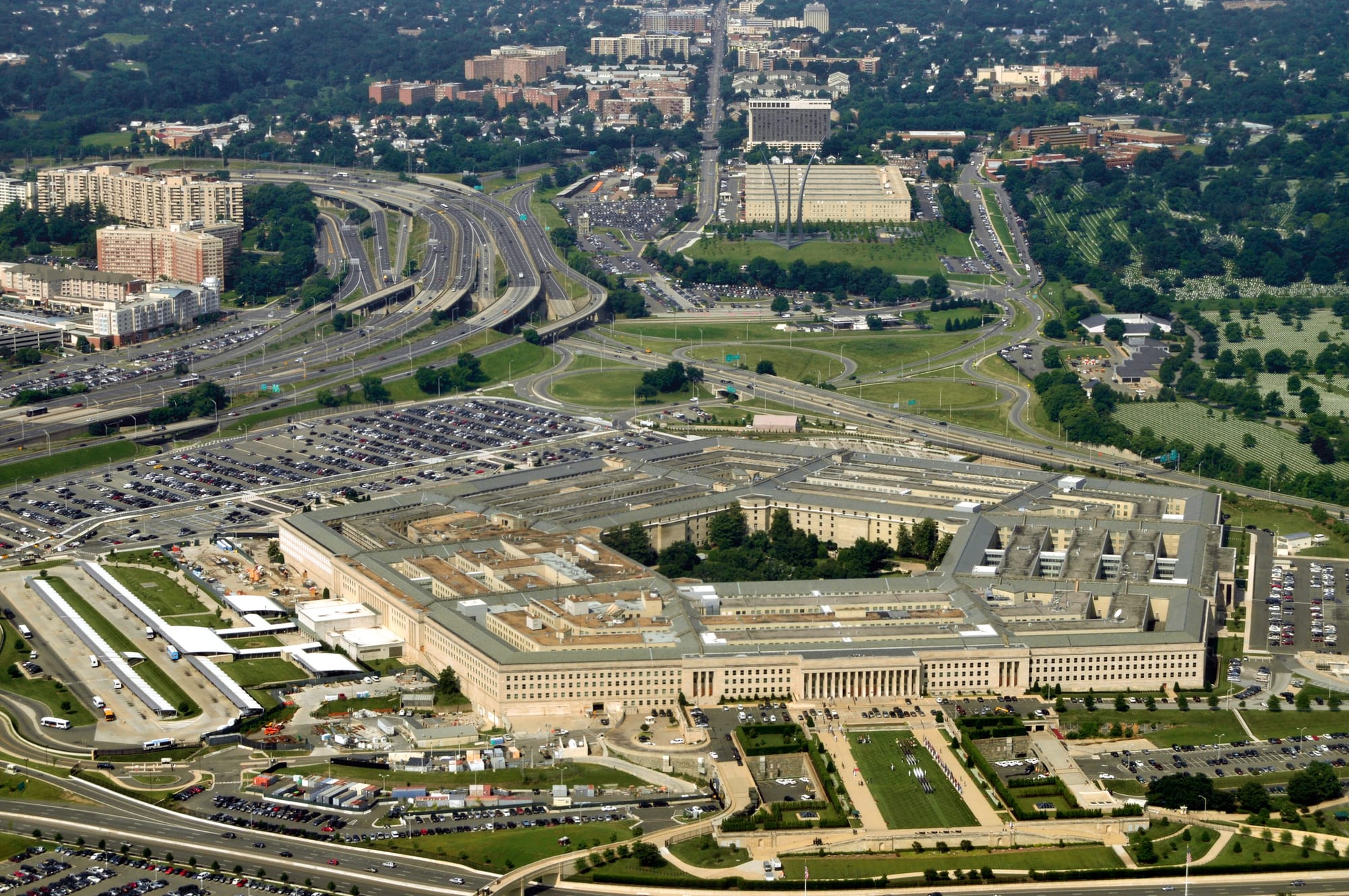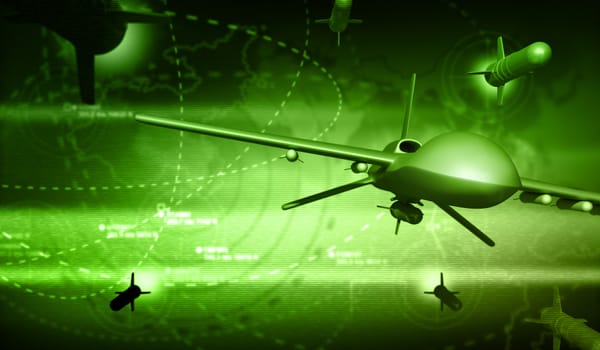China’s Military Mega-Project: Strategic Transformation in Command and Control
China is constructing a vast, nuclear-hardened military command center near Beijing to unify its armed forces, modernize operations by 2027, and reshape regional security dynamics.

China is building a massive new PLA command center near Beijing, 10 times the size of the Pentagon.
It unifies all military branches and supports Xi’s push for joint, modernized operations by 2027.
The project could shift regional military balance, with nuclear-hardened features and global command reach.
China is undertaking a landmark military infrastructure initiative on the outskirts of Beijing, where it is constructing what analysts believe may be the largest military command complex in the world. Spanning an estimated 1,500 acres, the new facility is reported to be roughly 10 times the size of the U.S. Pentagon, prompting observers to describe it as a full-scale “military city.” This ambitious development aligns with China’s broader efforts to modernize its military capabilities and is expected to accelerate the People’s Liberation Army’s (PLA) evolution into a more integrated, capable, and technologically advanced force.
Though Chinese authorities have not released public details, independent analysts widely assess the site as a future central command facility for the PLA. Its functions are expected to parallel those of the Pentagon—housing thousands of personnel tasked with oversight of strategic operations, logistics, intelligence, administration, and inter-service coordination. Satellite imagery has also revealed extensive underground construction, suggesting the development of a deeply fortified leadership and command bunker, potentially resistant to missile, aerial, and even nuclear attacks.

The emphasis on subterranean protection reflects China’s ongoing “no first use” nuclear policy, under which the country pledges not to initiate nuclear conflict. As a result, Beijing has long invested in systems that assume survivability following a potential first strike, further underlining the strategic function of this hardened facility.
This new complex is expected to supersede the PLA’s existing command center in the Western Hills, a Cold War-era site near Beijing that is no longer considered adequate in the face of modern precision-guided munitions and advanced bunker-penetrating weapons. The scale and sophistication of the new development are indicative not only of a physical relocation but of a broader doctrinal and operational shift.
A key aspect of this transformation is structural. Under the direction of President Xi Jinping, the PLA has been pursuing a more unified command structure, encouraging jointness across the services, and enhancing real-time coordination and interoperability. The design of the new headquarters—incorporating co-located facilities for the Army, Navy, Air Force, Rocket Force, and Strategic Support Force—appears to be a direct architectural reflection of these goals.
The facility’s development coincides with rising international attention to China’s military modernization. The U.S. Department of Defense and other international observers have expressed concern over China’s rapid military buildup, particularly in the nuclear domain, where the country is believed to possess over 600 operational warheads, with projections indicating a rise to 1,000 by 2030. China’s official defense budget is approximately $246 billion, though some analysts estimate the true figure may exceed $330 billion, second only to that of the United States.

The timing of this facility’s construction is also significant. It is widely interpreted as part of preparations for the PLA’s 2027 centennial, a milestone at which Chinese leadership has reportedly directed the military to achieve readiness for potential contingencies, including scenarios involving Taiwan. The command center’s completion could thus serve as both a symbolic and operational milestone, enhancing the PLA’s ability to coordinate large-scale operations in an era of multi-domain warfare.
Finally, this development may prompt broader geopolitical reverberations. A military infrastructure project of this magnitude, particularly one with global command implications, has the potential to reshape military postures in the Indo-Pacific and beyond. Whether it ultimately escalates tensions or acts as a stabilizing deterrent will depend on how effectively China and its strategic counterparts—especially the United States—manage competition and risk in an increasingly complex security environment.




